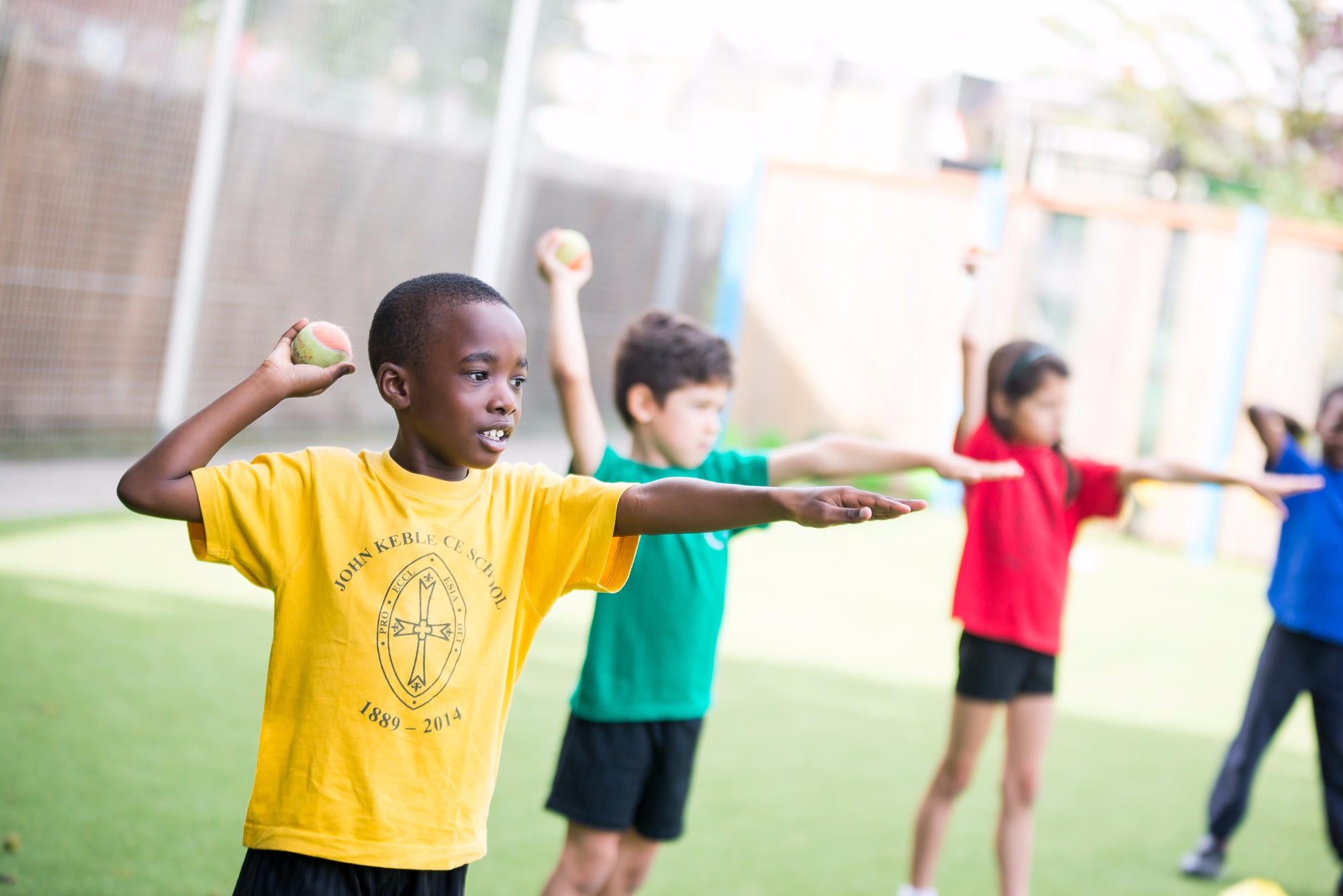Design Technology
What is the intent of our design technology curriculum?
Our ambitious, knowledge-rich curriculum has been sequenced to equip our pupils with the knowledge and skills to ensure they are happy, healthy global citizens, ready to take their place in modern Britain. The broad and balanced curriculum is creative, coherent and inclusive and, together with our Christian values, enables the pupils to be self-motivated, independent learners.
At John Keble, we aim to ensure that all pupils: develop the creative, technical and practical expertise needed to perform everyday tasks confidently and to participate successfully in an increasingly technological world. That they build and apply a repertoire of knowledge, understanding and skills in order to design and make high-quality prototypes and products for a wide range of users. Pupils should be given the opportunities to critique, evaluate and test their ideas and products and the work of others. Finally, pupils should understand and apply the principles of nutrition and learn how to cook.
How is the design technology curriculum implemented at John Keble school?
Across key stage 1 and 2, a total of 18 units (3 per year) are taught. These cover a range of areas such as structure, mechanism, textiles, electrical systems and cooking and nutrition. The units are pitched so that pupils with different starting points can access them. Lessons within a unit are sequenced so that each one builds on prior learning. The activities are scaffolded, so all children can succeed, and they provide scope for all to be challenged. The units of work allow for both substantive and disciplinary knowledge to be taught. Substantive knowledge is organised into four interrelated disciplines:
| designing | making |
| evaluating | technical knowledge |
These ensure that pupils’ knowledge, skills and understanding are built upon through successive years towards clearly identified year group learning outcomes. Disciplinary knowledge in design and technology is the process of enabling children to use their substantive knowledge of products and materials around them to make links between and across different areas of the curriculum. At the end of each unit, pupils will be given an end of unit task. This will be an opportunity for the pupils to showcase their learning and what they have understood in a task. Class teachers will be able to use it as a tool to assess the pupils.
For a more in depth look at our design technology curriculum, download the link:



